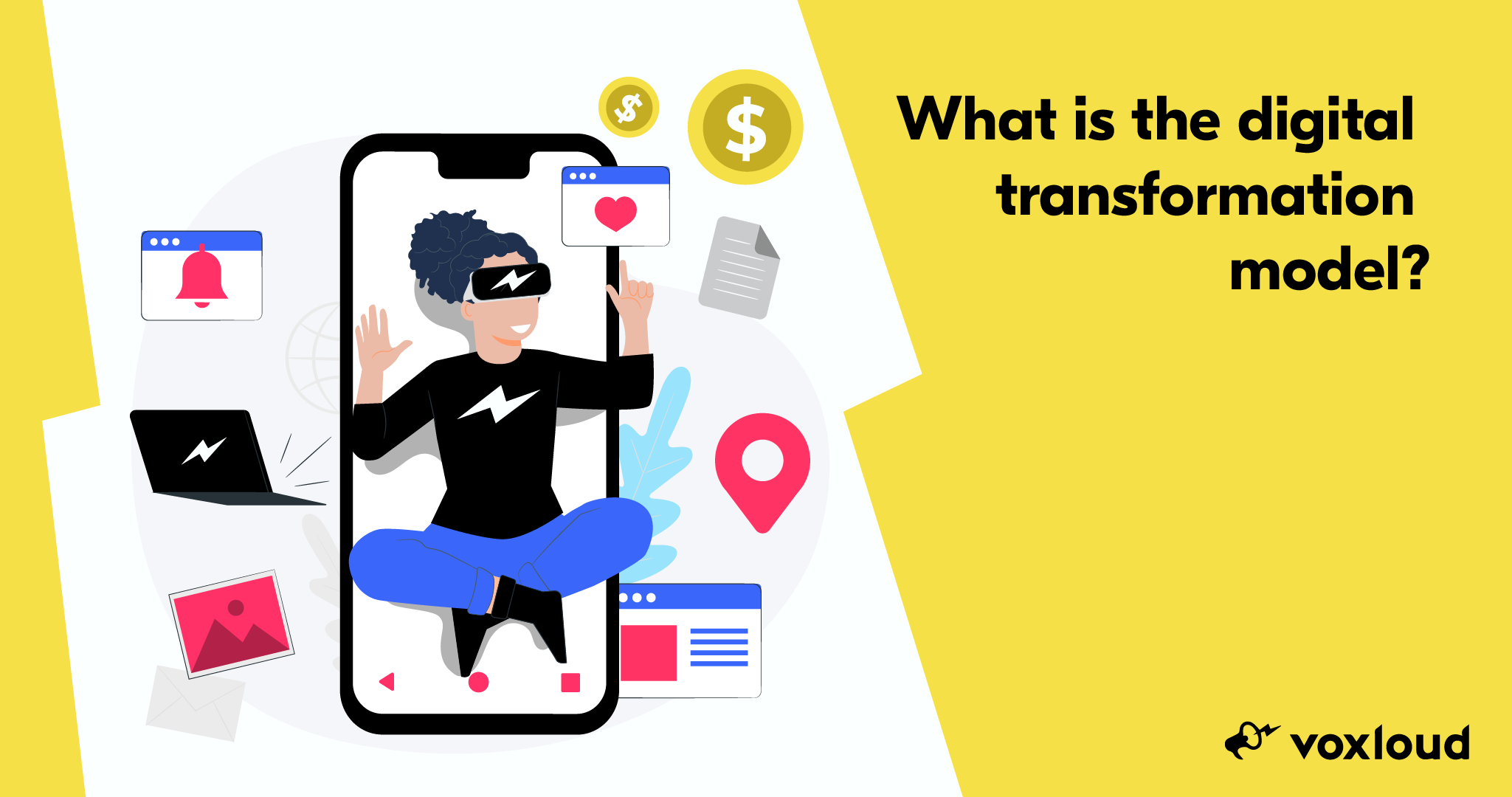Digitalization is a great opportunity for companies and businesses: the opportunity to be able to provide a service or produce a good in a much more efficient way and enormously reducing costs. But to achieve this goal you only need to implement new technologies and acquire new skills: the business will only benefit from it.
Having a strategy for digital transformation is critical for small businesses for multiple reasons. A good strategy will allow you to digitize the company better and faster, bringing you significant benefits including: improvement of the culture of your company, optimization of the activities to be carried out daily.
The technical terms and the various procedures could be complicated, for this reason, to simplify things, we will define a digital transformation model and a digital operating model.
We'll also explain what they are and why they are so important to today's small businesses, and list some best practices to assist you in developing your efforts in this digital transformation.
|
Quick Links
|
What is the digital transformation model?
We live and work in the cloud age. In today's market, it is difficult to survive without the cloud, big data, APIs, loT, artificial intelligence, automation. All these realities require a model that allows all of this to work together in perfect harmony.
A model is an essential support structure in the way in which certain processes must be carried out, a sort of guideline: this is why it is so important for a correct execution of the digitization of your business. Without it, everything that is built will not have a solid foundation and therefore risks not lasting long.
Your digital transformation strategy should be long-term and include plans to leverage the software to modify or update existing workflows. With the right digital transformation initiatives, you'll also have greater control over your data, which will help you manage it in ways that improve existing workflows.
Overall, your blueprint for digital transformation is the starting point whenever your data or new trends motivate you to change your tools or processes.
Why you should use a digital transformation model
Small businesses are having a hard time identifying the best tools to significantly change their processes and become increasingly digital. This often happens simply because they don't know where to start. The starting point is to take notes about the current challenges and be able to realize what is determining the digital transformation, therefore, define a model of digital transformation.
Which digital transformation model to adopt?
Gartner's digital transformation model
Gartner suggests including the following elements in your digital transformation model:
- Create the right mindset and common vision
- Find the right leaders
- Formulate a digital strategy to respond to market opportunities and threats
- Find, develop and acquire digital skills
- Create new digital business capabilities
McKinsey's digital transformation model: 4D
On the contrary, McKinsey chose to set up his model with a DX framework they call the 4D.
- Discover: Modeling digital ambition, strategy and business case based on insights.
- Design: Reinventing and prototyping new features and innovations within a program.
- Deliver: Activates a mechanism that allows for rapid delivery on a large scale
- De-Risk (minimize risk): Structuring the change program, resources and business model to reduce operational and financial risk.
The architecture of the solutions and the operating model should be guided by a simple and effective organizational model
Skills to look for when building your team
It takes people with a mix of skills to work in a digitally transformative environment. You should look for people who have (or potentially have) these skills:
- Digital skills
- Social and emotional skills
- Cognitive skills
- Adaptability
- Specific skills for that job
The right digital tools will also help you hire quality workers and retrain or improve them to fit your company culture and your specific workflows. Job seekers struggle with a lack of time or ability to attend training. Digital tools give you more flexibility in your hiring and training processes as they allow you to accept candidates virtually and also to virtually embark and train them.
The millennial generation and those to come have a reputation for wanting flexibility in the workplace. The truth is that older generations want flexibility for the same reasons. Additionally, large numbers of people have switched to remote work due to the pandemic in the past year. Digital transformation allows you to give all employees a better semblance of work-life balance, flexible leave, variable shifts, and a remote work environment.
Use technology to enhance your Digital Transformation
Whether your employees work in your call center or off-site, software integrations allow you to automatically evaluate their productivity and performance. It gives you the benefit of objective data that you can use to help set goals and set up incentive programs to keep them engaged and motivated. A key component of your digital transformation framework is your cloud-based phone system. Whenever you want to accomplish change management, it helps to have a game plan and direction.
Voxloud is the right choice for you.
With cloud phone system:
- Lower upfront costs to set up a telephone system
- Fewer worries as companies will not have to deal with maintenance or unexpected repair or replacement costs when hardware is damaged
Companies don't necessarily have to have an IT technician among their employees to keep everything running.
All through a single platform: just download our app on the device of your choice - PC, smartphone or tablet - and install our phone system in just 59 seconds!




